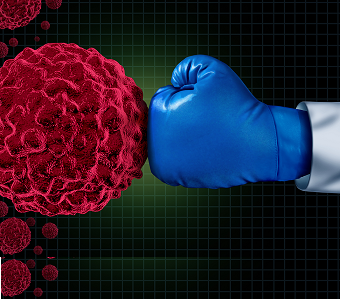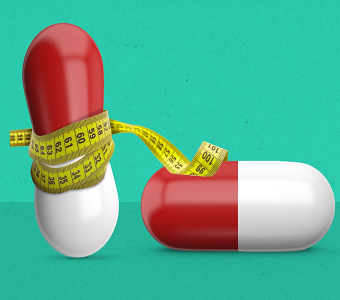New drugs are expensive and time-consuming to develop and market. Some studies estimate that the cost of bringing a drug to market—from R&D to FDA approval—totals more than $2.5 billion.
Which is why generic drug manufacturers use clinical trial data from other innovator drug studies to avoid expensive development costs and sell generic equivalents, which are on average 80-85% cheaper than their brand name counterparts.
Patents and government-mandated exclusivity periods prevent generics from entering the market and provide innovator companies an opportunity to recover their investment costs once their drug is approved.
Both protect the intellectual property of drug companies by giving them exclusive time in the market with their newly approved drugs. Without these protections, drug companies would be unable to justify development costs – the cost of innovating.
Understanding Patents and Pharmaceutical IP
The United States Patent and Trademark Office (PTO) is responsible for providing patents for new drugs (and anything patentable). Patents last 20 years from the date the patent is filed. All patents for approved drugs must be listed in the FDA’s Orange Book database, and their owners have the right to prosecute any manufacturer that sells a product with the same active ingredient, indication, and chemical composition as the brand name without obtaining consent from the holder. Most companies, however, file patents for new drugs before beginning clinical trials, which can take upwards of 10 years. By the time a drug is brought to market, often less than half of the effective patent time remains.
A company can apply to the U.S. PTO to extend the patent expiry date on a single patent by an additional one-half of the clinical trial time—that is, the period between the effective date of the Investigational New Drug (IND) application and the filing date of the New Drug Application (NDA). The length of the extension, however, cannot exceed 5 years, and the total patent life after FDA approval cannot exceed 14 years. This is called a Patent Term Extension.
While patents allow drug developers to protect their intellectual property, it is data that prohibits generic manufacturers from using the R&D and clinical data produced by innovator companies in order to develop a drug, thus precluding competitors from lawfully entering the market altogether.
Unlike patents, the FDA itself issues exclusivity periods for newly approved drugs, which take effect only after an NDA is approved. The length of clinical trials and data collection, therefore, does not affect the duration of this exclusivity period.
What is FDA exclusivity, and which drugs are eligible for exclusivity?
The period of exclusivity varies depending on the type of innovation that a new drug introduces:
- The FDA provides five years of exclusivity to new drugs that contain a New Chemical Entity (NCE)—an active moiety that no other FDA-approved drugs contain.* During the exclusivity period, other drug manufacturers cannot use the innovator company’s clinical trial data and must thus independently collect trial data.
- * The distinction between “active moiety” and “active ingredient” is an important one and has been a point of controversy in recent jurisprudence regarding Patent Law. The FDA considers “active moiety” to be the distinguishing factor in new drug substances.
- A new drug that is not an NCE can still receive 3 years of exclusivity, during which the FDA cannot approve a generic equivalent to treat the same indication. A drug may be eligible for either 5-years or 3-years of exclusivity, but not both.
- Products intended to treat diseases that affect less than 200,000 patients in the United States can apply for Orphan Drug Entity (ODE) exclusivity and receive 7 years of protection. The longer time period incentivizes innovation for treatments of rare diseases and provides more time for a company to recoup investment costs from the smaller market.
- Drugs that the FDA deems beneficial to the pediatric population are also eligible for six additional months of Pediatric Exclusivity (PED) in addition to any existing patent and any NCE, ODE, or other exclusivity.
- Biologics (biopharmaceuticals), such as vaccines, allergenics, and gene therapies, are large molecule drugs derived from living sources and often require substantially more time and capital to develop and test than chemically synthesized drugs do. Biologics therefore receive a 12-year exclusivity period during which the FDA cannot approve biosimilars (generics) and a 4-year period during which the FDA cannot accept a filing for approval. Exclusivity takes effect upon approval of the Biologics License Application (BLA).
- Since October 2014, any new fixed-dose combination (FDC) products—drugs that include more than one active ingredient—is eligible for 5-year NCE exclusivity upon FDA approval if the drug contains at least one new active moiety that has not been previously approved by the FDA. The eligibility of FDCs for 5-year exclusivity is a recent change and does not apply to FDCs approved before October 2014.




